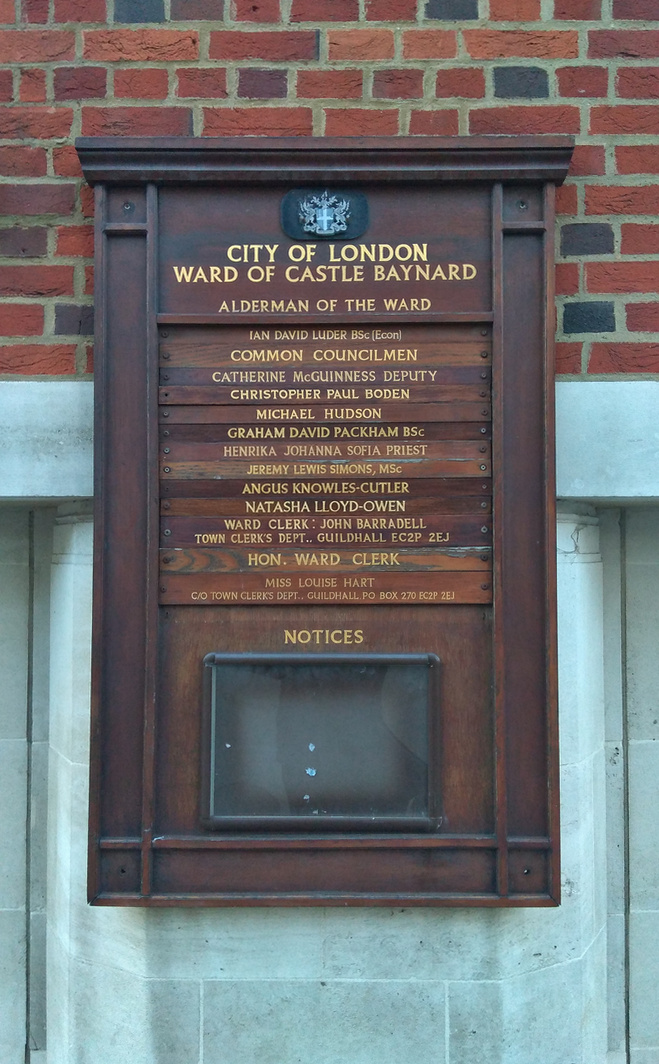Ah yes, the City of London, with its special status, it is a city, ceremonial county and local government district that contains the historic centre and the primary central business district of London. It is actually THE London, the one that was created by the Romans and is so old that nobody can find when the city gained its special status within the Kingdom of England (and later all other Kingdoms). It is not a London borough, officially and practially. It has its own police, Lord Mayor (that is an old old position that has no much of the real power) and its government system is really weird, based on guilds, corporations and even a bit of suffrage. In 2009, the City of London accounted for 2.4% of UK GDP. And even though it has a complicated system of governance, it is considered to be one of the oldest self-governing municipal democracies in the world. It protects the freemen (another old word, that basically meant the person that was not a serf, but a free person in a city that could do the business etc.) and what is most important for the banks and companies is that the city has its own tax rules and provides many legal privileges. Free enterprise, free people, the city that was not very subordinate to the king and thus the state, there is nothing not to love about the City of London. The City is made up of 25 wards. They are survivors of the medieval government system that allowed a very local area to exist as a self-governing unit within the wider city. Each ward elects an alderman to the Court of Aldermen, and commoners (the City equivalent of a councillor) to the Court of Common Council of the Corporation. Only electors who are Freemen of the City of London are eligible to stand. The number of commoners a ward sends to the Common Council varies from two to ten, depending on the number of electors in each ward. And for its electoral system as a whole, this small section in the description of the photo is just too much. (previous | next | back to album | 2020:02:11 16:55:29 | 32% of an album)
